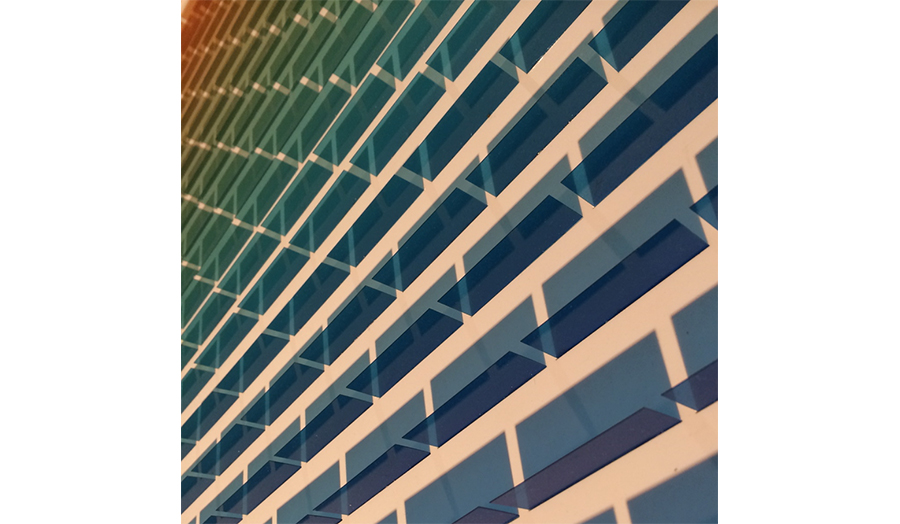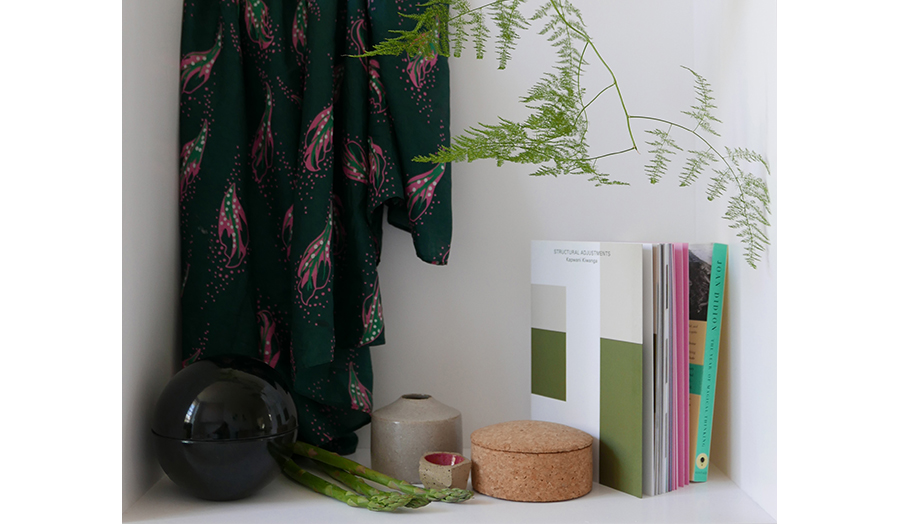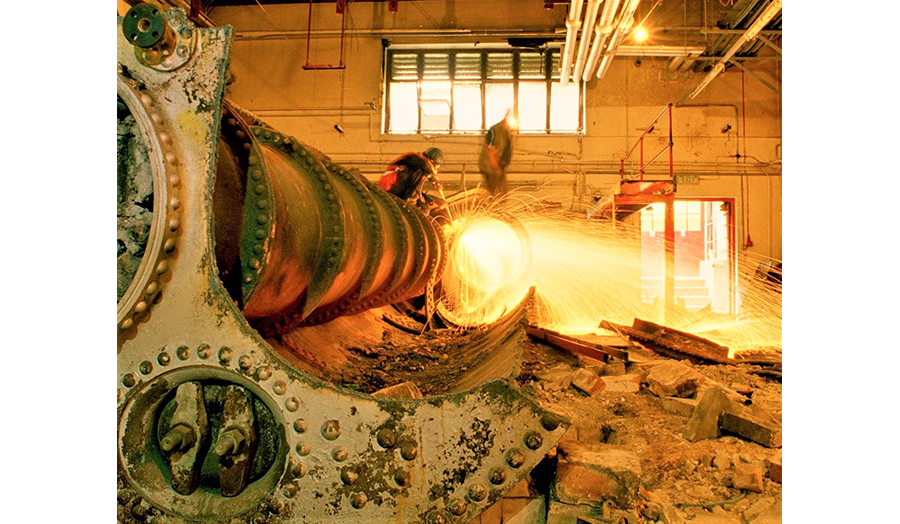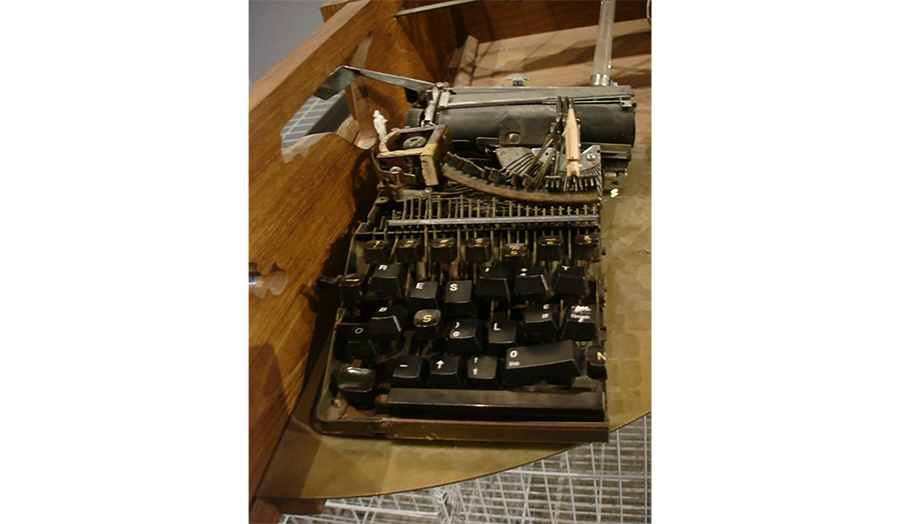Studio brief
The urban landscape is lately defined by the rapid evolution of technology, uncertain economy, globalisation and the increase of world population. All together is transforming spaces in a fast-paced environment, shifting the way we work, we live and we interact with others leading to solutions in urban form that respond to the pressures that cities are facing and address the needs from new generations of urbanites.
In a city where space is in huge demand and becomes almost unaffordable, words like ‘pop-up’, ‘micro’, ‘modular’, ‘flexible’ and shared economies like ‘co-working’ and ‘co-living’ are becoming quite familiar and part of the solution.
London is full of unused spaces that could be used on temporary basis and help improving the development process, while offering affordable space for those urbanites that crave for flexibility and location in the city. Known as ‘meanwhile’, we have recently seen how empty spaces become temporary housing, community gardens, ‘pop-up’ shops or workspaces.
In this studio, we ask students to look at these emerging alternatives that are transforming cities and contribute to the growth of a sustainable economy. We look for innovative design that transforms the urban landscape where 'meanwhile' space enables start-ups, communities or activities to emerge in the city.
The studio will work on a site in the district of Thamesmead – an area with a great representation of the Brutalist Architecture in UK and currently under an ambitious regeneration plan. Students will analyse the existing buildings, the constraints, the ‘in between’ spaces and the relationship between exterior/interior to find opportunities to develop a concept that makes use of empty space.
The challenge is to reinvent or reimagine the site to become a destination for culture, wellbeing, creativity or learning. Students will explore and create solutions that are flexible, extensible and that can improve the human experience.
How can we transform an existing space into another with a completely different function? Can one space become multi-functional? How the unused becomes usable? And most importantly, how can we design space to encourage users to interact and make a positive use of it?
Image: Photo by Gabrielle Dawson
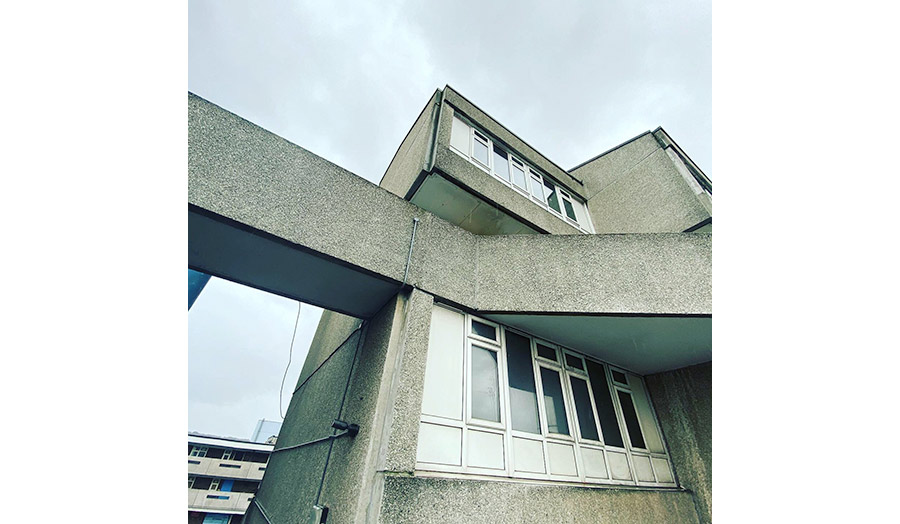
Details
| Course | Interior Design BA (Hons) |
|---|---|
| Tutors | Laura Encinas Luigi Simione |
| Where | The Sir John Cass School of Art, Architecture and Design (The Cass) London Metropolitan University Calcutta House Studio 1, first floor |
| When | Tuesday and Friday |

